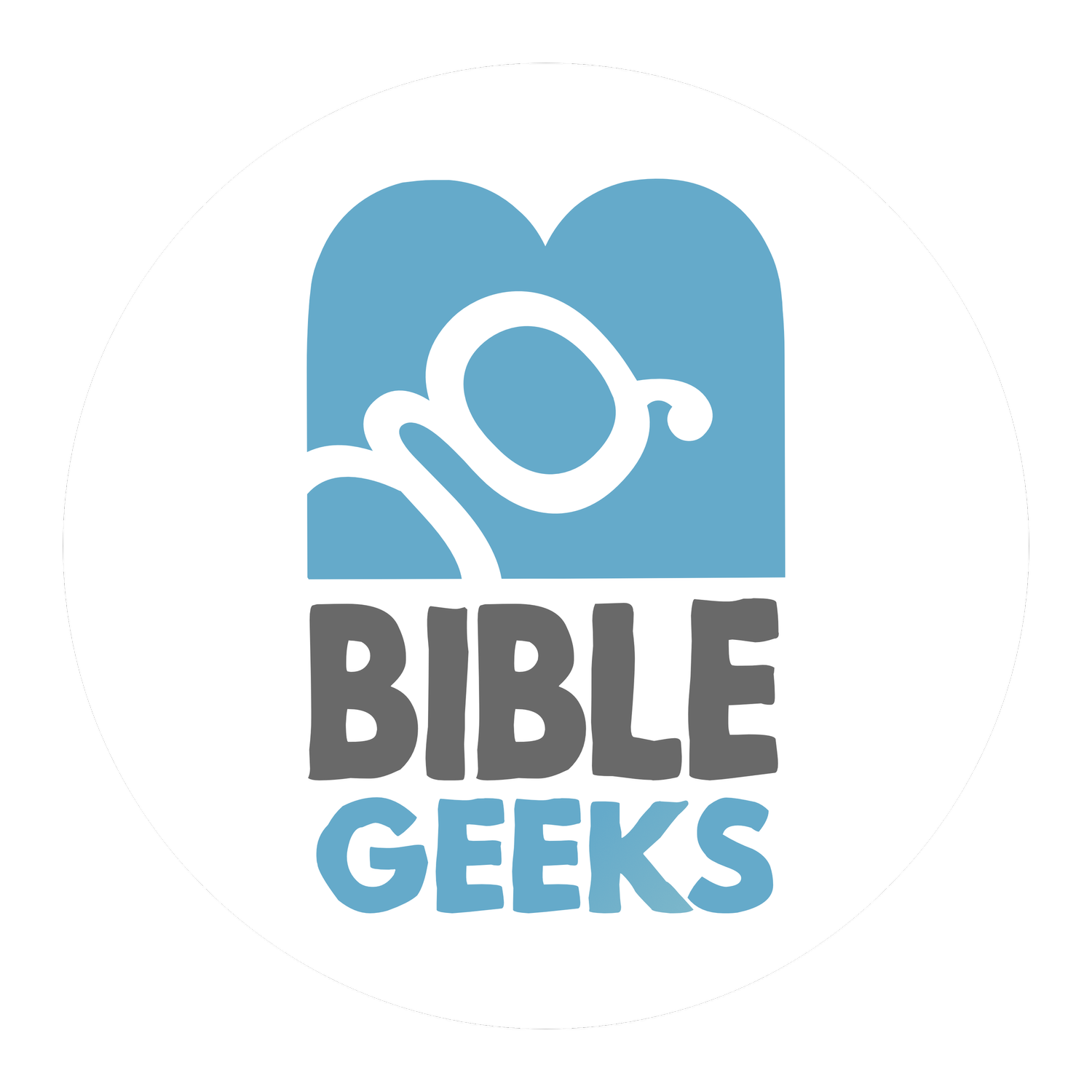
Into the Book
Bible Reading Plan
Grow your faith through consistent contact with the word
Choose to read just one Testament this year or read the whole Bible
New Testament schedule designed to progressively unfold the story and teachings of Christ
Read one of the four gospels every three months, to keep Christ central in your reading time
Old Testament schedule based on the order of the Old Testament in Jesus' time
Read one chapter of the New and three chapters of the Old Testament every weekday
Read a psalm every Monday, Wednesday, and Friday
Why a 5-Day-A-Week Plan?
Reading through the Bible in a year is a marathon, not a sprint, so we designed this plan to give you the flexibility to make it to the finish line!
1. Room: Many people who read through the Bible in a year have other commitments, like Bible classes, or other topics they want to study throughout the year. For instance, you might notice a Bible word in your reading that you want to study further. The five day schedule gives you time on the weekends to dive into something else without competing with your daily reading time.
2. Routine: Most of us have a different flow to our weekdays than to our weekends. This plan can help you remain consistent by placing reading time in your daily routine. Choose a time — morning, noon, or night — that makes sense for you and try to build your reading habit into your regular weekday.
3. Resilience: If you get behind and miss a couple days, having the two day break lets you catch up before those days add up and it becomes overwhelming. Admittedly some of this is in our heads, but little things can be the difference between giving up and pushing through to keep reading.
4. Reworkability: Some people prefer to read only the Old Testament during the week and catch up on the New Testament or the Psalms on the weekend. The open days in the plan give the flexibility for you to find what works for you.
5. Rest & Reflection: As you go about your weekend, even if you don’t set aside time for reflecting upon the readings of the past week, you might find yourself meditating on what God revealed in those readings and how that applies to you. As my mind wanders in periods of rest, new insights often bubble up to the surface from what my heart and mind has given attention to during the week.
5 Tips for Reading
1. Keep Your Eyes on Jesus. The life of Christ forms the hub of each quarter's readings, as the New Testament plan begins a new gospel every three months. Hopefully, this helps us always keep his example and lordship front of mind and reminds us to look for him in any passage we read (Luke 24:27).
2. Notice when you start a new book. Each book of the Bible was first written as an individual document with its own themes and structure. To understand what God reveals through that book, it’s best to read that book as a whole in its original order. While we understand why some plans might break up books and sections of Scripture to fit themes and historical timeframes, we have aimed to keep books whole, so that you can read each in its inspired form. Look for turning points in narrative works. As we read Psalms in order, notice its thematic arrangement (no, the psalms are not randomly assembled!). And as we read multiple volume works together (like Luke-Acts, Ezra-Nehemiah, and the Torah), notice how the books build on one another.
3. Consider this a weekly reading plan. When you think of it as a weekly schedule, it’s less stressful to fall behind by a few days, and there’s more freedom to keep reading past the day’s allotment when you find yourself “on a roll” and engrossed in the book.
4. Try listening to the Bible. This can be a great way to keep up with the readings while driving, cleaning, or mowing. The YouVersion Bible app has free audio versions of most translations, and also allows you to change the speed of playback. Some passages work fine at 1.5 speed while others I might slow down to make sure I’m getting the point.
5. Feel free to try different versions. To add some variety to my reading throughout the year, I like to vary the version I use. Sometimes when my brain isn’t at its best, I’ll switch to an easy reading version, like the International Children’s Bible or the New Living Translation. I prefer to read challenging passages in a translation that leans toward formal equivalence (“word-for-word”), but the simpler language of a dynamic translation can be great for stories and poetry.
-
Q1 — Torah | Luke-Acts & Romans
-
Q1 Introduction
Lay the Foundation
-
Week 1
Luke 1-5; Gen. 1-15; Psalm 1-3
-
Week 2
Luke 6-10; Gen. 16-30; Psalm 4-6
-
Week 3
Luke 11-15; Gen. 31-45; Psalm 7-9
-
Week 4
Luke 16-20; Gen. 46-50, Exod. 1-10; Psalm 10-12
-
Week 5
Luke 21-24, Acts 1; Exod. 11-25; Psalm 13-15
-
Week 6
Acts 2-6; Exod. 26-40; Psalm 16-18
-
Week 7
Acts 7-11; Lev. 1-15; Psalm 19-21
-
Week 8
Acts 12-16; Lev. 16-27, Num. 1-3; Psalm 22-24
-
Week 9
Acts 17-21; Num. 4-18; Psalm 25-27
-
Week 10
Acts 22-26; Num. 19-33; Psalm 28-30
-
Week 11
Acts 27-28, Rom. 1-3; Num. 34-36, Deut. 1-12; Psalm 31-33
-
Week 12
Rom. 4-8; Deut. 13-27; Psalm 34-36
-
Week 13
Rom. 9-13; Deut. 28-34, Josh. 1-8; Psalm 37-39
-
-
Q2 — Israel's History | Mark & Early Letters
-
Q2 Introduction
Understand the Story
-
Week 14
Rom. 14-16, Mark 1-2; Josh. 9-23; Psalm 40-42
-
Week 15
Mark 3-7; Josh. 34, Jdg. 1-14; Psalm 43-45
-
Week 16
Mark 8-12; Jdg. 15-21, 1 Sam. 1-8; Psalm 46-48
-
Week 17
Mark 13-16, James 1; 1 Sam. 9-23; Psalm 49-51
-
Week 18
James 2-5, Gal. 1; 1 Sam. 24-31, 2 Sam. 1-7; Psalm 52-54
-
Week 19
Gal. 2-6; 2 Sam. 8-22; Psalm 55-57
-
Week 20
1 Thess. 1-5; 2 Sam. 23-24, 1 Kings 1-13; Psalm 58-60
-
Week 21
2 Thess. 1-3, 1 Cor. 1-2; 1 Kings 14-22, 2 Kings 1-6; Psalm 61-63
-
Week 22
1 Cor. 3-7; 2 Kings 7-21; Psalm 64-66
-
Week 23
1 Cor. 8-12; 2 Kings 22-25, Isa. 1-11; Psalm 67-69
-
Week 24
1 Cor. 13-16, 2 Cor. 1; Isa. 12-26; Psalm 70-72
-
Week 25
2 Cor. 2-6; Isa. 27-41; Psalm 73-75
-
Week 26
2 Cor. 7-11; Isa. 42-56; Psalm 76-78
-
-
Q3 — Prophets | Matthew, Prison Letters, Peter
-
Q3 Introduction
Connect the Testaments
-
Week 27
2 Cor. 12-13, Matt. 1-3; Isa. 57-66, Jer. 1-5; Psalm 79-81
-
Week 28
Matt. 4-8; Jer. 6-20; Psalm 82-84
-
Week 29
Matt. 9-13; Jer. 21-35; Psalm 85-87
-
Week 30
Matt. 14-18; Jer. 36-50; Psalm 88-90
-
Week 31
Matt. 19-23; Jer. 51-52, Ezek. 1-13; Psalm 91-93
-
Week 32
Matt. 24-28; Ezek. 14-28; Psalm 94-96
-
Week 33
Col. 1-4, Philem. 1; Ezek. 29-43; Psalm 97-99
-
Week 34
Phil. 1-4, Eph. 1; Ezek. 44-48, Hos. 1-10; Psalm 100-102
-
Week 35
Eph. 2-6; Hos. 11-14, Joel 1-3, Amos 1-8; Psalm 103-105
-
Week 36
Titus 1-3, 1 Tim. 1-2; Amos 9, Obad. 1, Jonah 1-4, Mic. 1-7, Nah. 1-2; Psalm 106-108
-
Week 37
1 Tim. 3-6, 2 Tim. 1; Nah. 3, Hab. 1-3, Zeph. 1-3, Hag. 1-2, Zech. 1-6; Psalm 109-111
-
Week 38
2 Tim. 2-4, 1 Peter 1-2; Zech. 7-14, Mal. 1-4, Prov. 1-3; Psalm 112-114
-
Week 39
1 Peter 3-5, 2 Peter 1-2; Prov. 4-18; Psalm 115-117
-
-
Q4 — Writings | John, Hebrews, Revelation
-
Q4 Introduction
Put It All Together
-
Week 40
2 Peter 3, Jude, John 1-3; Prov. 19-31, Job. 1-2; Psalm 118-119:48
-
Week 41
John 4-8; Job 3-17; Psalm 119:49-120
-
Week 42
John 9-13; Job 18-32; Psalm 119:121-176, 120
-
Week 43
John 14-18; Job 33-42, Song. 1-5; Psalm 121-123
-
Week 44
John 19-21, Heb. 1-2; Song. 6-8, Ruth 1-4, Lam. 1-5, Eccl. 1-3; Psalm 124-126
-
Week 45
Heb. 3-7; Eccl. 4-12, Est. 1-6; Psalm 127-129
-
Week 46
Heb. 8-12; Est. 7-10, Dan. 1-11; Psalm 130-132
-
Week 47
Heb. 13, 1 John 1-4; Dan. 12, Ezra 1-10, Neh. 1-4; Psalm 133-135
-
Week 48
1 John 5, 2 John 1, 3 John 1, Rev. 1-2; Neh. 5-13, 1 Chron. 1-6; Psalm 136-138
-
Week 49
Rev. 3-7; 1 Chron. 7-21; Psalm 139-141
-
Week 50
Rev. 8-12; 1 Chron. 22-29, 2 Chron. 1-7; Psalm 142-144
-
Week 51
Rev. 13-17; 2 Chron. 8-22; Psalm 145-147
-
Week 52
Rev. 18-22; 2 Chron. 23-36; Psalm 148-150
-


